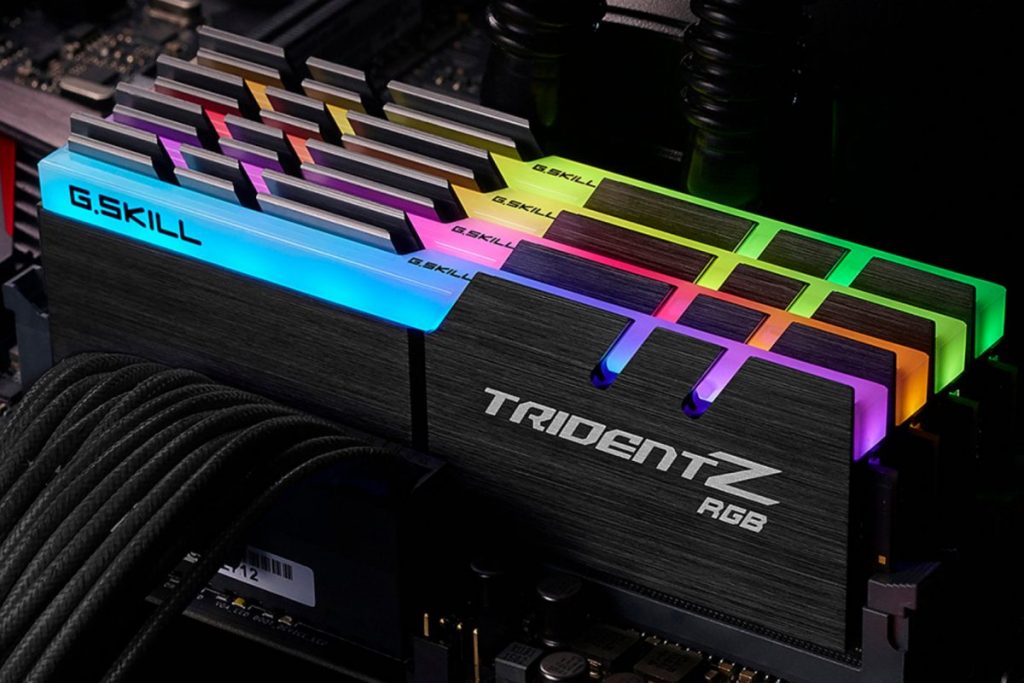

Building a new PC is an exciting experience. The custom PC market has exploded in recent years, allowing gamers to make their computers their own. However, the ability to customize and pick every component can be pretty overwhelming. In this series of articles, we will walk you through different things to consider when building a gaming computer. In today’s post, we cover things to consider when selecting RAM.
What is RAM?
Random Access Memory or RAM is usually one of the first features highlighted when purchasing a new computer. Mostly, RAM comes in the form of sticks. Desktop RAM sticks can come with heat spreaders or LEDs. Laptops come with more basic RAM sticks due to the need to conserve space.
What Does RAM Do?
RAM acts as short-term memory for your computer. When you open a document, it requires accessing the data contained in that file. That document is then transferred to your RAM during your working on it. Once you click save, the file is then moved back to your hard drive for long-term storage. RAM doesn’t just stop at spreadsheets and documents; it also stores programs or OS files to keep everything running smoothly.
DDR
The most common form of RAM currently is DDR. This is the fourth iteration of Double Data Rate Synchronous Dynamic Random Access Memory. That’s just a fancy way of saying that data can be transferred twice per clock cycle compared to once. This means you can quickly transfer data to and from the RAM.
RAM Speed & Capacity
RAM comes in various speeds such as 2,400, 3,000, or 3,200MHz. It comes in sizes ranging from 4GB to 16GB per stick. While you can mix and match RAM, we recommend getting the same type of RAM for your computer. If you get RAM kits of different voltages, it could lead to technical issues down the road.
If you found this article interesting or helpful, check out our other posts!
